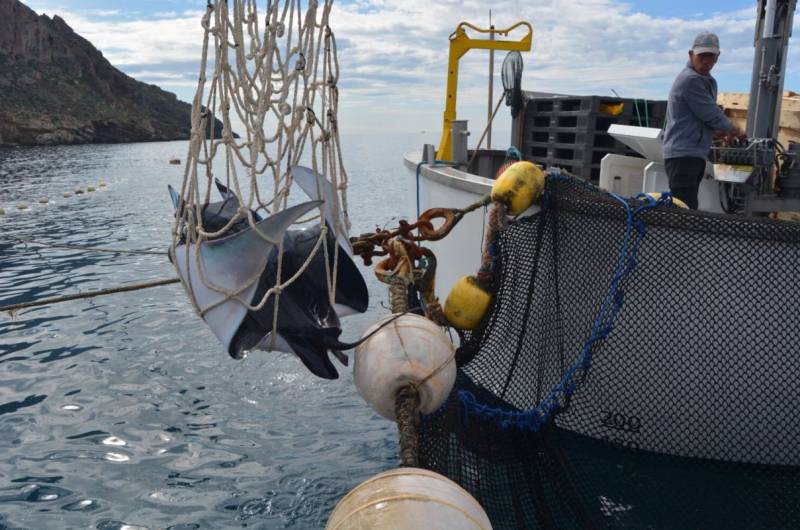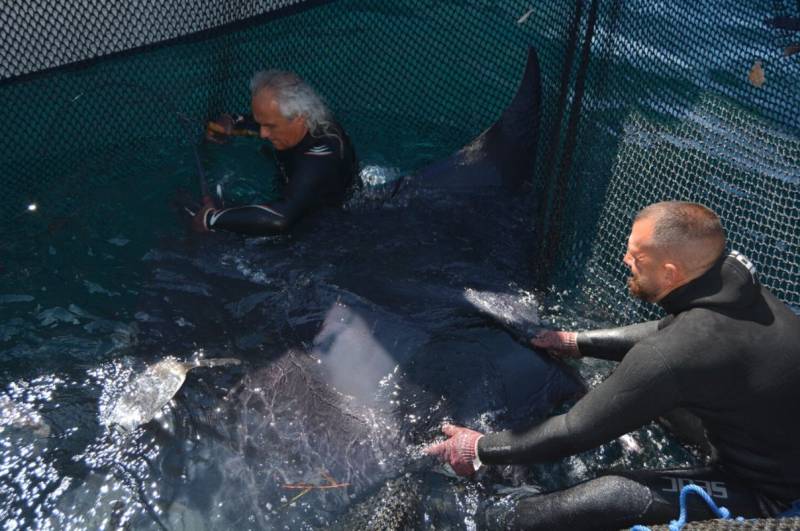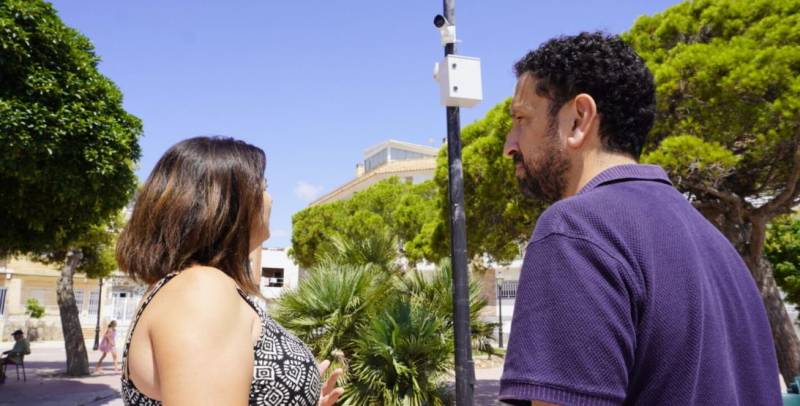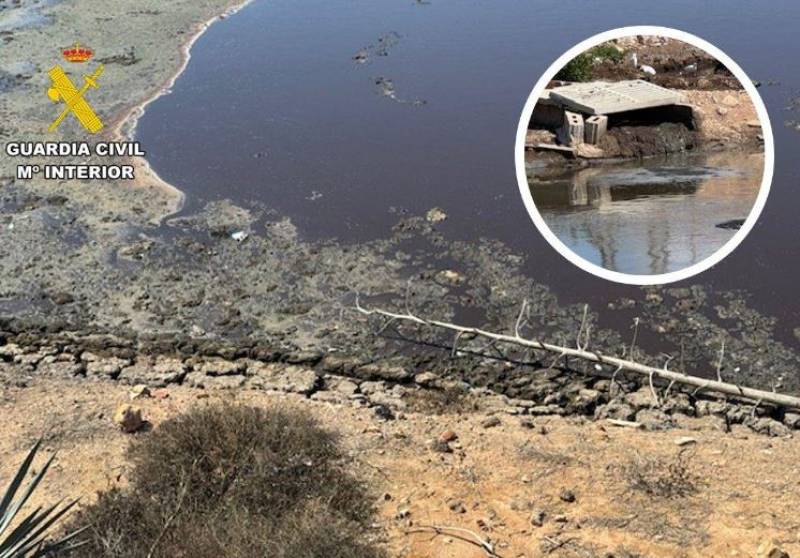- Region
- Águilas
- Alhama de Murcia
- Jumilla
- Lorca
- Los Alcázares
- Mazarrón
- San Javier
-
ALL AREAS & TOWNS
- AREAS
- SOUTH WEST
- MAR MENOR
- MURCIA CITY & CENTRAL
- NORTH & NORTH WEST
- TOWNS
- Abanilla
- Abarán
- Aguilas
- Alamillo
- Alcantarilla
- Aledo
- Alhama de Murcia
- Archena
- Balsicas
- Blanca
- Bolnuevo
- Bullas
- Cañadas del Romero
- Cabo de Palos
- Calasparra
- Camping Bolnuevo
- Campo De Ricote
- Camposol
- Canada De La Lena
- Caravaca de la Cruz
- Cartagena
- Cehegin
- Ceuti
- Cieza
- Condado de Alhama
- Corvera
- Costa Cálida
- Cuevas De Almanzora
- Cuevas de Reyllo
- El Carmoli
- El Mojon
- El Molino (Puerto Lumbreras)
- El Pareton / Cantareros
- El Raso
- El Valle Golf Resort
- Fortuna
- Fuente Alamo
- Hacienda del Alamo Golf Resort
- Hacienda Riquelme Golf Resort
- Isla Plana
- Islas Menores & Mar de Cristal
- Jumilla
- La Azohia
- La Charca
- La Manga Club
- La Manga del Mar Menor
- La Pinilla
- La Puebla
- La Torre
- La Torre Golf Resort
- La Unión
- Las Palas
- Las Ramblas
- Las Ramblas Golf
- Las Torres de Cotillas
- Leiva
- Librilla
- Lo Pagan
- Lo Santiago
- Lorca
- Lorquí
- Los Alcázares
- Los Balcones
- Los Belones
- Los Canovas
- Los Nietos
- Los Perez (Tallante)
- Los Urrutias
- Los Ventorrillos
- Mar De Cristal
- Mar Menor
- Mar Menor Golf Resort
- Mazarrón
- Mazarrón Country Club
- Molina de Segura
- Moratalla
- Mula
- Murcia City
- Murcia Property
- Pareton
- Peraleja Golf Resort
- Perin
- Pilar de la Horadada
- Pinar de Campoverde
- Pinoso
- Playa Honda
- Playa Honda / Playa Paraíso
- Pliego
- Portmán
- Pozo Estrecho
- Puerto de Mazarrón
- Puerto Lumbreras
- Puntas De Calnegre
- Region of Murcia
- Ricote
- Roda Golf Resort
- Roldan
- Roldan and Lo Ferro
- San Javier
- San Pedro del Pinatar
- Santiago de la Ribera
- Sierra Espuña
- Sucina
- Tallante
- Terrazas de la Torre Golf Resort
- Torre Pacheco
- Totana
- What's On Weekly Bulletin
- Yecla


- EDITIONS:
 Spanish News Today
Spanish News Today
 Alicante Today
Alicante Today
 Andalucia Today
Andalucia Today
Date Published: 12/06/2025
Over 30 endangered manta rays released after being captured by accident in La Azohía, Murcia
Conservation groups and traditional fishers join forces to protect endangered marine species in the Mediterranean

More than 30 manta rays accidentally caught in the Almadraba of La Azohía, near Cartagena, have been successfully tagged and released back into the Mediterranean Sea thanks to a landmark collaboration between the traditional fishery, ANSE and WWF Spain.
The initiative follows the signing of a cooperation agreement aimed at improving the management of endangered or threatened marine species. The partnership’s primary goals are to reduce the mortality of vulnerable animals like the manta ray and to strengthen efforts to monitor and protect their populations.
The Almadraba of La Azohía, a centuries-old fishing method and the only one of its kind still operating along the Mediterranean coasts of the Iberian Peninsula, captured 32 giant devil rays (Mobula mobular) during its spring operations. Technicians from WWF and ANSE were on hand to tag and release 30 of them, with four individuals also fitted with satellite tracking devices. The rays ranged in size from 90 centimetres to four metres in wingspan.
Environmental groups described the release as a “milestone in the conservation of this species in the Mediterranean”. ANSE noted that although the appearance of manta rays in the southeast of the Iberian Peninsula is unusual, a similar event occurred in 2024, when 28 rays were tagged using dart-type markers.
In other news: UN recognises the Mar Menor as World Restoration Flagship
The release operation involved lifting the animals from the nets using cranes on the trap boats. In some instances, divers assisted in ensuring the safe return of the rays to the sea. All specimens were reported to be in good condition upon release.

The data collected through satellite tagging in past years has already offered insights into the movements of these elusive creatures. One ray was tracked to the Ibiza Channel before its tag detached. However, challenges remain. In May alone, over 20 manta rays were found stranded or washed up dead along various parts of the Spanish Mediterranean coastline, some bearing fishing hooks.
Both ANSE and WWF are investigating the increase in sightings and strandings, working with other organisations to determine whether a common cause lies behind the recent uptick in manta ray activity near the shore.
The initiative comes as global concern for rays and sharks gains momentum. At this week's UN Ocean Conference in Nice, WWF launched a worldwide call to action urging governments to implement science-based, coordinated conservation efforts. More than 50 organisations and several countries, including Spain, France and the UK, have already pledged support.
The Mediterranean’s giant devil ray, which can exceed five metres in wingspan, is classified as ‘Endangered’ by the International Union for Conservation of Nature (IUCN). The species suffers from a naturally low birth rate, typically one to two offspring every two to three years, and is highly vulnerable to accidental capture in fishing operations.
As sightings of manta rays increase in the region, conservationists are hopeful that the collaboration between traditional fisheries and environmental organisations will set a precedent for marine species protection in the Mediterranean and beyond.
Images: ANSE
Loading
See more news about animals in Spain:
OR
Sign up for the Spanish News Today Editors Roundup Weekly Bulletin to get a comprehensive email with all the week’s news for Spain, Murcia, Alicante and Andalucía.
Get a sneak peek – here are a few of our recent Subscription Bulletins:
Discount Special Offer subscription:
36.95€ for 48 Editor’s Weekly News Roundup bulletins!
Please CLICK THE BUTTON to subscribe.
Contact Murcia Today: Editorial 000 000 000 /
Office 000 000 000






























